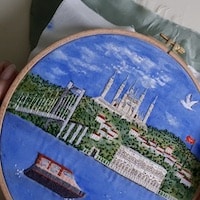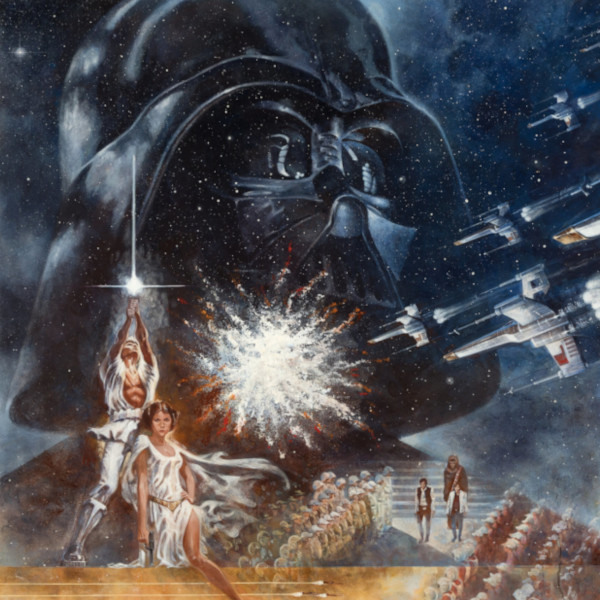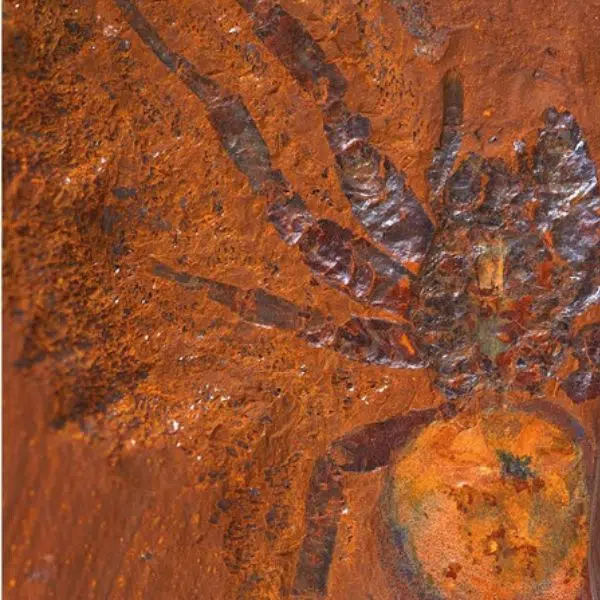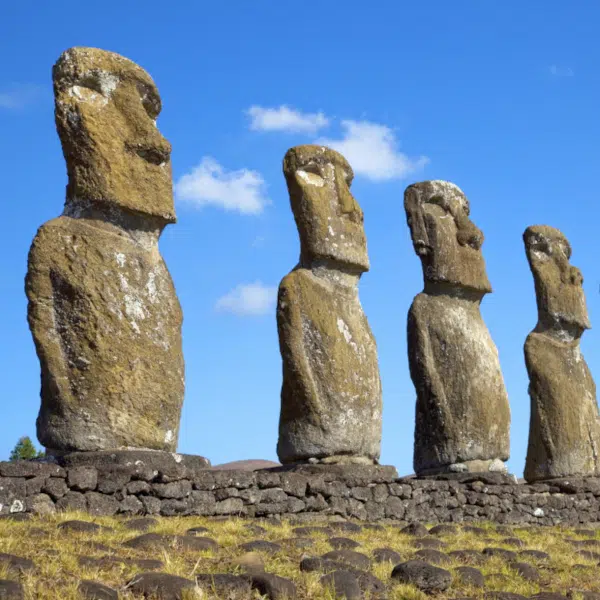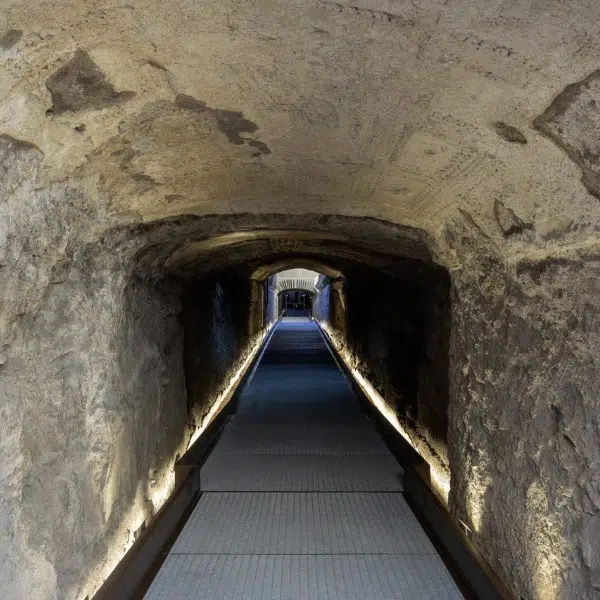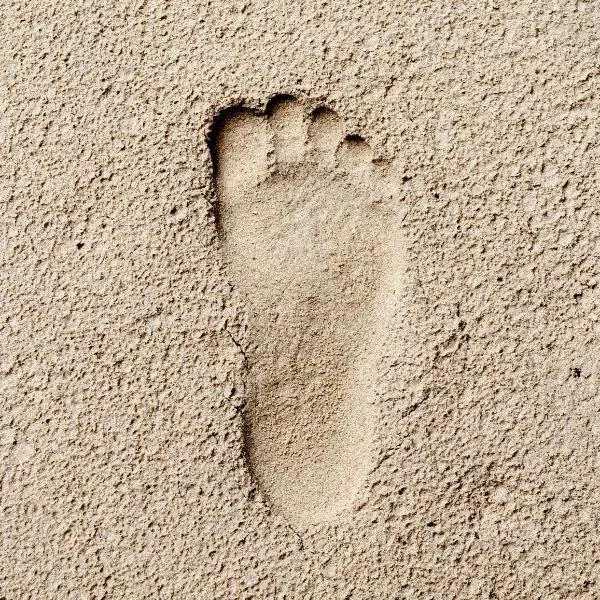Back in 2022, filmmaker Anthony Geffen and his team embarked upon a journey off the coast of Newfoundland. Over the course of three weeks, Geffen followed Guernsey-based company Magellan as they mapped the wreckage of the RMS Titanic, which is submerged more than 12,500 feet below the North Atlantic Ocean. Magellan gathered an unprecedented 16 terabytes of data and 715,000 images of the ill-fated ship, while Geffen produced Titanic: The Digital Resurrection for National Geographic.
The documentary, which premiered on April 11, traces how Magellan created the world’s most detailed 3D scan of the Titanic using underwater scanning technology. Accurate “down to the rivet,” according to a statement, the full-scale, 1:1 “digital twin” offers critical insight into the ship’s final moments. Over 113 years ago, on April 10, 1912, the Titanic departed from Southampton, England, only to strike an iceberg four days later, about 400 miles from Canada. More than 1,500 of its 2,200 passengers and crew died, and only about 700 people were ultimately rescued.
During an analysis period lasting nearly two years, pivotal revelations about the Titanic emerged. The team, for instance, discovered a steam valve in the open position, confirming eyewitness accounts that the ship’s engineers remained in the boiler room for over two hours after impact. In keeping their posts, these 35 engineers managed to maintain the ship’s electricity and send wireless distress signals, perhaps saving “hundreds of lives while sacrificing their own,” per the statement.
“They kept the lights and the power working to the end, to give the crew time to launch the lifeboats safely with some light instead of in absolute darkness,” Parks Stephenson, a prominent Titanic analyst, told the BBC.
By sifting through hull fragments scattered across the wreck site, researchers also noticed that the Titanic was “violently torn apart,” rather than neatly split in two halves, ripping through first-class cabins. Another significant finding suggested that William Murdoch, the first officer on the Titanic, may not have actually abandoned his post during the crisis. Instead, the documentary reveals that high-resolution scans corroborate the testimony of Titanic survivor Charles Lightoller, who claimed Murdoch was in fact preparing lifeboats for launch before being swept away by the sea.
“The level of detail we’ve achieved allows us to examine the wreckage as if we were walking through the ship itself,” the team told ABC News.
Beyond this new evidence, Titanic: The Digital Resurrection examines the 15-square-mile debris field surrounding the wreckage, replete with personal artifacts such as pocket watches, purses, gold coins, and hair combs. Throughout the documentary, Yasmin Khan, a historian at the University of Oxford, connects these items to their original owners, providing a “poignant glimpse into the lives lost.”
Though these groundbreaking scans reveal the Titanic’s “alarming deterioration,” the ship’s digital twin preserves a groundbreaking level of detail for “generations to come,” as the statement concludes.
“As soon as I saw the Titanic digital twin images,” Stephenson told National Geographic, “I could tell. Number one, I’d never seen the Titanic like this before. And number two, it felt right.”
Titanic: The Digital Resurrection is currently available to stream on Disney+ and Hulu.
A new documentary titled Titanic: The Digital Resurrection explores the ill-fated ship through a groundbreaking 3D scan produced by Magellan.

The RMS Titanic departing Southampton on April 10, 1912. (Photo via Wikimedia Commons, Public domain)
The documentary unveils new revelations about the Titanic’s final moments, and showcases the world’s most detailed underwater scan of the vessel.
Sources: National Geographic Reveals Groundbreaking Underwater Scan Unveiling Titanic In Unprecedented Detail In Upcoming Documentary Special Titanic: The Digital Resurrection; Visiting the Titanic is suddenly a lot easier than you think; Titanic's final 6.3 seconds: Documentary shares what new technology reveals; Titanic scan reveals ground-breaking details of ship's final hours
Related Articles:
Iconic ‘Titanic’ Movie Door That Sparked Years of Debate Just Sold for $718,750 at Auction
Mesmerizing 8K Video Footage Shows the Titanic as You’ve Never Seen It Before
Dramatic Diorama Reveals What “Really” Made the Titanic Sink





















